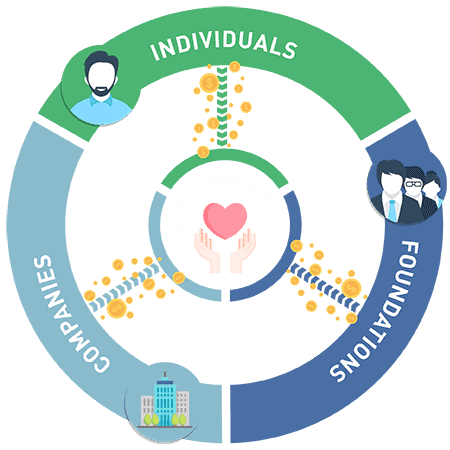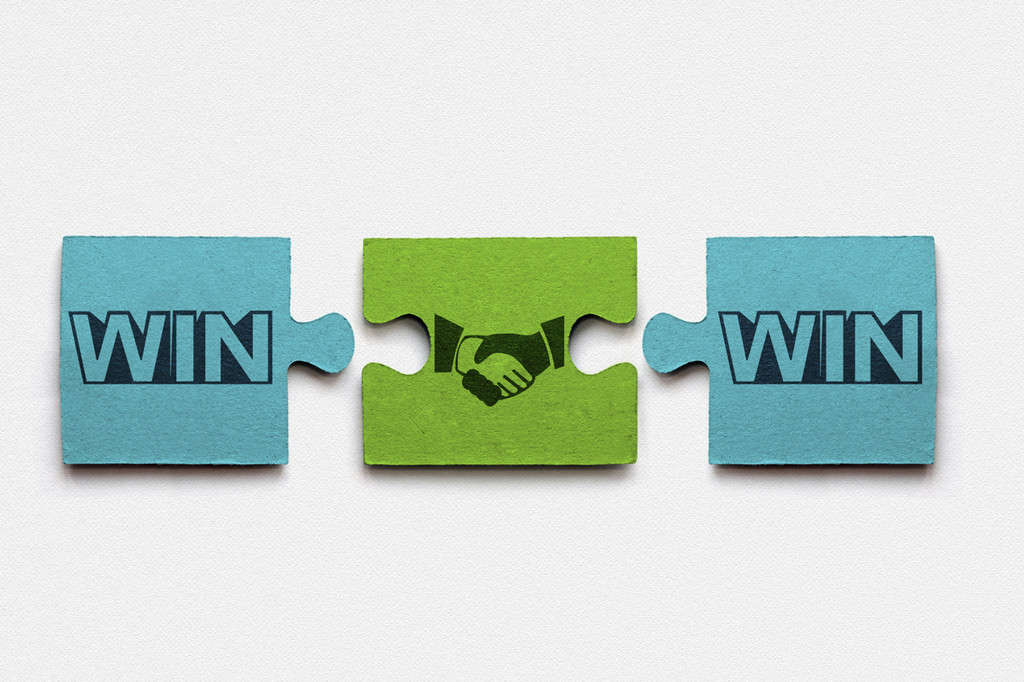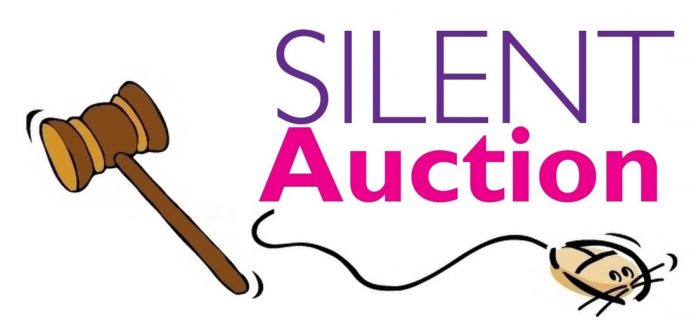A Silent Auction is a great, low-cost way to increase the income and return-on-investment for a non-profit fundraising event.
Non-profit staffers know that most fundraising events are as much about public relations and donor relations than about actual fundraising, because production costs on events are so high. But a silent auction is a great way to bring an event into the black.

How a Silent Auction Works
For those who may not have attended a silent auction, the basic idea is to solicit donations from businesses, individuals or other groups or organizations of goods, services, gift certificates, experiences, tickets, memorabilia or anything saleable. Your charity displays the items (or representations of the items, as appropriate) and provides a minimum bid and usually a minimum raise on a paper bid sheet.

Guests at your event bid on these items as they walk around the auction – usually this would happen during a cocktail hour, intermission, before a formal program or other appropriate time you either make use of or create during the event.

After a specified closing time, those with the winning bids either claim their items at some sort of arranged “checkout” or are given an opportunity to pay for any winning bids during another portion of an event (such as a sit down dinner or program where runners find bidders at tables, collect their payments and deliver won items).

Why Do a Silent Auction?
The best thing about a silent auction is the win-win-win nature of the activity. The cause earns more money from selling the items. The guests at the event enjoy the “shopping” and many walk away with fantastic deals.
Those who donate build a relationship with your charity and get relatively low cost advertising among those with enough disposable income to bid and/or to be at your event in the first place, plus a tax deduction.

A silent auction is relatively low-cost, is generally perceived by guests as enjoyable rather than intrusive or hard-sell, adds a fun activity to your event and makes money.
In concept, auctions are simple, simple, simple—but in reality, there is a whole world of strategy, organization and positioning (just as in any type of fundraising) that will make the difference between a nice profitable auction and an incredible bottom-line-busting auction.

How to Get Started
The most important things that will impact your auction’s financial success include the nature and content of the ask to potential donors, the composition of your prospective donor list, the strategy for creating packages, bids and categories for the auction itself, and the way the auction is integrated into the event and presented to the attendees.

The logistical success of the auction is going to depend on contact strategies and follow-up of potential donors, judicious recruitment and use of volunteers, closing and checkout procedures, and comprehensive follow-up with an eye towards future events.
Silent auctions, at any level and any size, are likely to add significant income and minimal cost to your fundraising event.

It is important to remember that, despite the obvious appeals of silent auctions, they are not appropriate for every event—so the very first step, before jumping into auction logistics, is to carefully evaluate if an auction will be a fit.


















